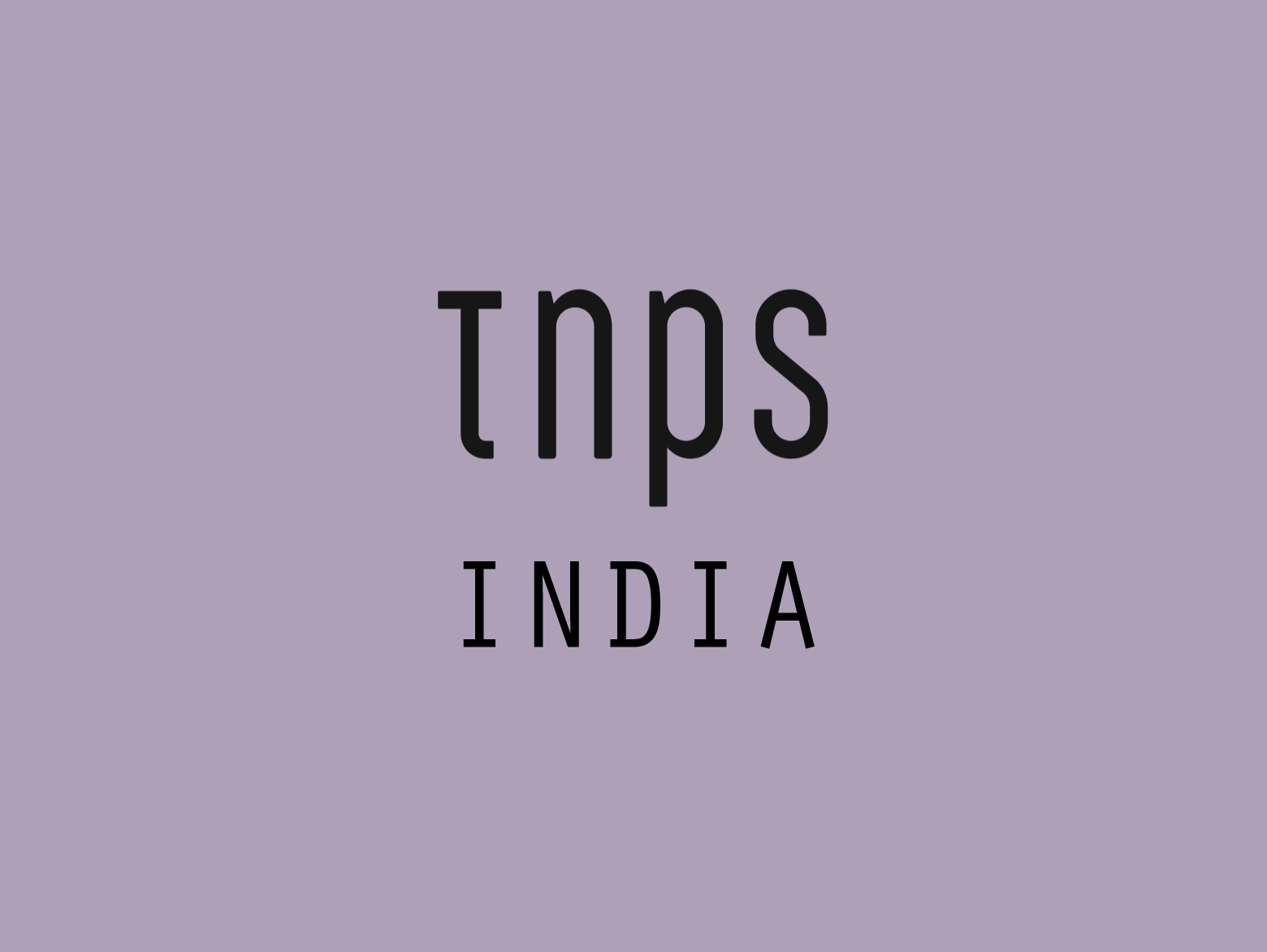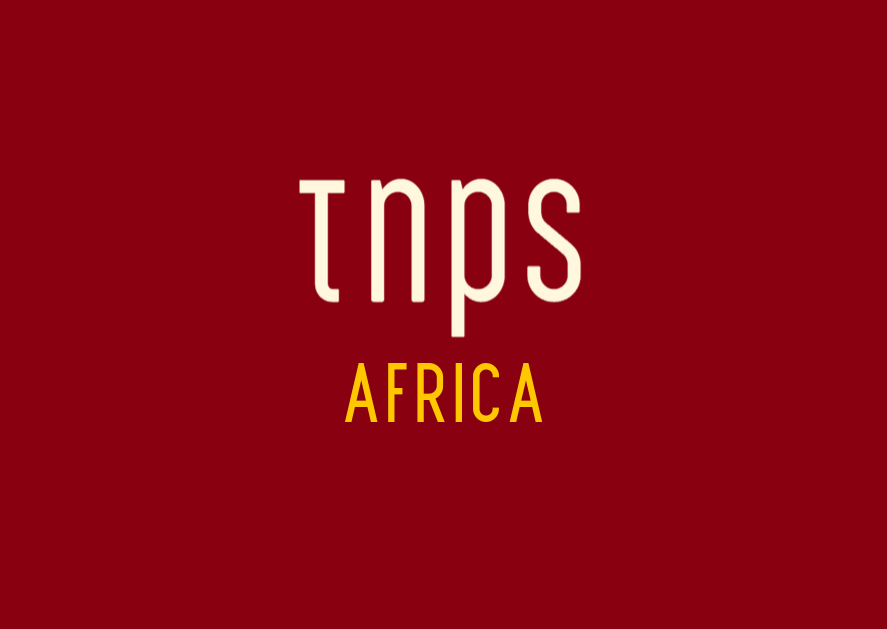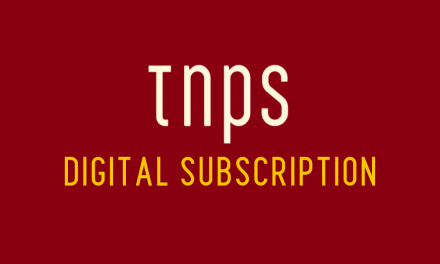“A culture revolution is sweeping through urban India,” runs a headline in India New England this week.
Revolution? That’s a strong term, and perhaps not the best choice of words, but the spirit of the post is spot on.
A headline reflecting a theme often espoused here at TNPS, that we are witnesses to, and participants in, a Global New Renaissance quite unparalleled in human history, driven by digital – that is to say, the worldwide proliferation of smartphones, internet connectivity and the rise of social media, that connects people in a way quite unthinkable even a decade ago.
While my focus is naturally on the literary renaissance happening across the globe, no art-form is an island, and, taking the rise and rise of book fairs and literary festivals as an example, we are seeing a similar rise in interest and activity around arts festivals, film festivals, music festivals… You name it.
Reports India New England,
There has been, in recent times, a great churning in what can be called India’s “cultural space”. Public institutions, hitherto custodians of all things “cultural”, have been eclipsed by the rise of new-age festivals and events.
The involvement of the state in promoting culture is fast diminishing, with private event management companies stepping in to organise cultural events — at home and abroad — on a scale never known before.
The report refers to,
The increasing interest in cultural events like the Jaipur Literature Festival (JLF) or the Kochi Biennale. At the same time, the art and publishing sectors are also seeing an unprecedented rise in revenues. International auctions featuring contemporary Indian art have seen record-breaking sales in recent years and Indian writers have bagged international contracts, often at rates much higher than their Western counterparts.
New art galleries have opened in cities, multinational publishers are thirsty for Indian stories, translations are gaining their rightful attention, literature festivals have mushroomed across states and, for those inclined, there is something interesting — exhibitions, talks, culinary events — happening almost every week. Compare this to a handful of institutions like the state-run Akademis or the NCPA in Mumbai that bore the entire burden of organising cultural events till about two decades ago, and a striking contrast emerges.
The OP is wide-ranging in its arts and media coverage, but I’ll limit myself here to what was said about literature and publishing.
The boom in literature festivals was not only unprecedented in terms of the audiences that they attracted but also for the behind-the-scenes networking opportunities they threw up, bringing people with similar trains of thoughts together. Thus, it paved the way for new collaborations and partnerships and the emergence of even more events and platforms. Today, India hosts close to 200 literature festivals in a calendar year.
While all of these are not as big or as successful as the JLF, they have in their own ways contributed to the awareness about literature and culture among the masses. The sudden upsurge in the interest in cultural events therefore is no surprise.
What I found intriguing here is the author’s focus on Jaipur as the example, because important as Jaipur is, it attracts typically about 100,000 visitors. Impressive, but a drop in the ocean compared to the 2 million plus that regularly turn out each for the New Delhi World Book Fair and the Kolkata International Book Fair.
That aside, what the OP failed to address was what were the mechanisms that have enabled and driven this cultural “revolution” – or more accurately a cultural renaissance, for there is little that is revolutionary here.
But call it renaissance or revolution, the drivers are those self-same features I referenced above: the proliferation of smartphones, the availability of internet connections, and social media, that allow the communication and exchange of ideas in real time and at almost zero cost.
And the beauty of it is, this is not something unique to India, but is happening across much of the globe, as evidenced most clearly in the Middle East North Africa region that is the Arab markets.





